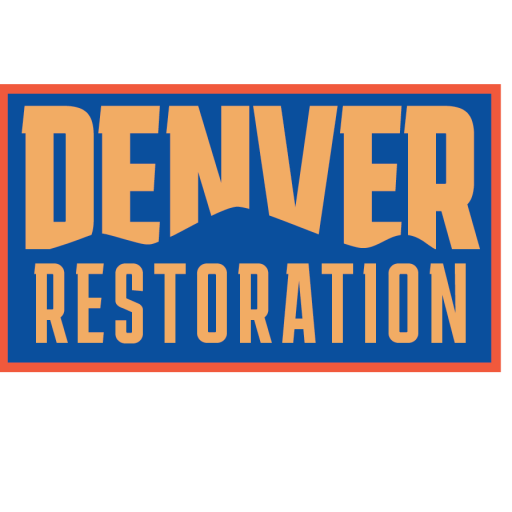The Path to Recovery: Understanding Post-Disaster Cleanup
In the wake of a disaster, the sight of your damaged home or business can be overwhelming. Damage from water, fire, and even hazardous mold can seem insurmountable. However, understanding the basics of post-disaster cleanup can alleviate some of your stress and pave the way to a clean, safe, and restored environment.
Detailed Damage Assessment: The First Step
To commence post-disaster cleanup, an accurate damage assessment is an essential first step. This process determines the extent of the damage and thus shapes the ensuing restoration strategy. The discovery of hidden threats such as water-logged structures or smoke damage under surfaces is critical as these often lead to long-term problems if left untreated.
Restoration Techniques and Equipment: The Key to Effective Cleanup
Advanced restoration techniques and modern equipment play a vital role in restoring your property to its pre-disaster condition. For instance, high-powered vacuums and drying equipment are employed for water extraction and drying, while specialized cleaning agents are used for effective mold removal. These sophisticated tools have proved to be indispensable in speedy and efficient recovery.
Harnessing Technology for Environmental and Health Safety
In the post-disaster cleanup process, environmental and health safety are paramount. Advanced technology such as infrared cameras are used for early detection of water damage and mold growth which could pose a potential health risk. Moreover, restoration experts often follow strict health protocol to prevent cross-contamination during the cleanup process.
Dealing with insurance claims and ensuring legal compliance may pose an added challenge in the aftermath of a disaster. Knowledge of the varied regulations and requirements is essential to streamline these processes. For instance, photographs and proper documentation of all damages can expedite insurance claim settlements, while adherence to the guidelines detailed in resources like the Iowa Flood Cleanup Resource can ensure legal compliance.
Customer Communication: A Vital Aspect of Disaster Recovery
Clear, transparent, and timely communication with clients is integral to effective disaster recovery. Restoration experts play a crucial role in keeping clients informed throughout the cleanup and restoration process. They help homeowners understand what to expect during recovery, and also provide guidance on preparing for future incidents, as outlined in this Disaster Planning Tips resource.
Resilience through Crisis Management
Responding to a disaster requires effective crisis management skills. It is not merely about managing the immediate aftermath but also about building resilience against future incidents. Steps towards resilience include identifying potential risks, implementing preventive measures, and building a good disaster response plan. Herein lies the essence of the Expert Tips on Building Resilience against Future Floods.
Unlocking the freedom of a clean and safe post-disaster environment is achievable. Armed with a good understanding of post-disaster cleanup, you can navigate the recovery process effectively, ensuring your home or business is restored to a safe and healthy state.
Disaster Recovery: A Process Not a Quick Fix
While it is comforting to know that immediate relief is possible after a disaster, it’s crucial to understand that disaster recovery is a process, not a quick fix. Regardless of the extent of the damage, recovery will always demand time, patience, and professional guidance.
Understanding the Recovery Process: The Four R’s
An effective disaster recovery process typically involves four stages, commonly referred to as the Four R’s: Rescue, Relief, Rehabilitation, and Reconstruction. Primarily, the Rescue phase involves immediate actions taken to save lives threatened by the disaster. The Relief phase comes next, is typically short-term and focuses on providing survival necessities such as food, water, and shelter to the affected communities.
Rehabilitation is the third phase. This period can be extensive as it involves restoring physical properties and infrastructures, rebuilding communities, and helping individuals regain their livelihoods. The final phase, Reconstruction, focuses on reestablishing normalcy and improving conditions to be better than they were pre-disaster.
Post-Disaster Cleanup: An Essential Part of Rehabilitation
Professional post-disaster cleanup is an essential part of the Rehabilitation phase. Remediation companies specializing in cleaning up after disasters are equipped with the necessary knowledge, skills, and tools to restore properties safely and efficiently.
To understand more about what to expect from a professional post-disaster cleanup, look at taking control of your fire restoration process today and achieving quick and convenient solutions for roof damage after a storm.
Utilizing Disaster Recovery Resources
In the wake of a disaster, numerous resources are often available to help individuals and communities recover. Organizations such as The American Red Cross and FEMA provide aid for immediate needs such as clean water, food, and emergency shelter. Local government offices, like those in Hillsborough County, FL, often have post-disaster redevelopment plans in place to assist with longer-term recovery needs.
Beyond Recovery: Building Resilience
Understanding post-disaster cleanup, recovery, and the available resources can undoubtedly ease the difficulties faced after a disaster. However, it’s also important to focus on the future. Building resilience against future disasters is a proactive approach to disaster management that can reduce the potential negative impacts.
Mitigation: A Key To Resilience
Mitigation refers to the efforts made to minimize the effects of unavoidable disasters. This is where proactive measures, such as maintaining an up-to-date emergency plan and securing property, can significantly reduce risks and vulnerabilities.
Another aspect of resilience involves having a robust contingency plan in place. This entails anticipating potential disasters and developing comprehensive strategies to cope with them. You can find more about this in our guide on effective sewage cleanup strategies.
Education and Training: Empowering Communities
Education and training play a significant role in enhancing community resilience. By investing time and resources in awareness programs, we can empower communities with the knowledge and skills they need to respond to disasters effectively.
In conclusion, communities that are well-educated on post-disaster cleanup and recovery, equipped with robust plans for resilience, and armed with the right resources are better prepared to withstand future disasters. It is such preparedness that paves the way to a safer, resilient future.
Remember that undergoing a disaster is tough, but with patience, strength, and the right help, recovery is achievable. It’s not just about persevering through a crisis, but coming out stronger and more resilient on the other side.

